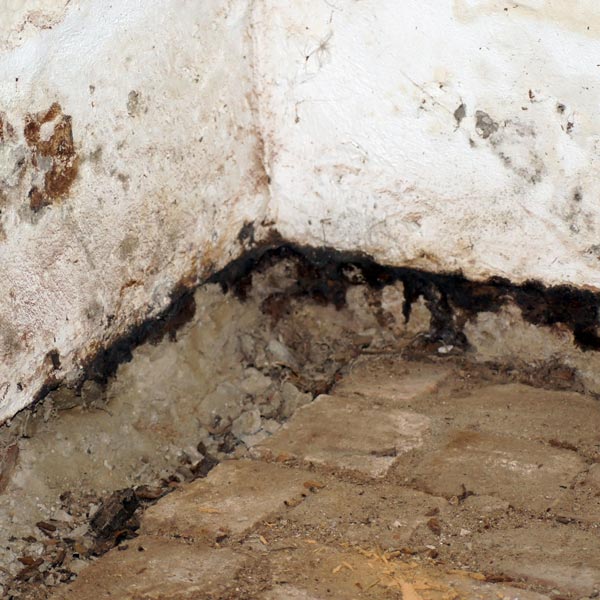Mold & Mildew Assessment
Expert Mold Assessment in Milwaukee, WI

What’s the Difference Between Mold & Mildew?
We often hear mold and mildew being used together or interchangeably. That’s because they share some similarities. Firstly, both mold and mildew are fungi that are able to thrive in warm, moist locations. They can both have adverse effects on the health of your family.
Important Key Differences to Know
Mold grows in irregular shaped spots in various colors, including green, gray, black, and white. It is usually slimy or fuzzy in appearance. Mildew appears on moist surfaces as a powdery or fluffy patch. Mildew can be white, gray, or yellowish and will eventually turn black or brown over time.
Your home has a variety of ideal spaces for both mold and mildew growth. But we know that mold thrives in damp areas with poor ventilation, such as basements, crawl spaces, and attics. Mildew can often be found on the walls of bathrooms and window sills.
Cleanup for mildew is relatively simple and in most cases can be handled by the property owner. Store-bought mildew cleaners are usually enough to kill existing mildew and prevent it from spreading further. However, mold remediation is not something homeowners should be handling on their own. Mold poses a number of health risks to individuals if they are not adequately protected. Instead, they should contact a trained team for their mold removal services.
Spores that become mold and mildew float in the air completely undetected by the human eye. It can also attach itself to people that live in your home, animals, and visitors and carried inside. The spores proliferate in spaces with a lot of moisture, and because they don’t require sunlight to grow, they can be found in damp, dark places, such as your basement or crawlspace. A relative humidity level of greater than 55% promotes the growth of mold and other fungi. In an ideal environment, mold can begin to grow in as little as 24 to 48 hours. Once it’s been “planted,” it can grow as rapidly as one square inch per day. If left unchecked, mold can quickly overtake a wall or entire room of your home.
According to the Center for Disease Control and Prevention, living in a home with mold can create a number of health hazards for otherwise healthy household members. While there are hundreds of different types of mold, the various molds are organized into three groups according to human responses: Allergenic, Pathogenic, and Toxigenic. Allergenic molds are not life-threatening. They will most likely affect those who are already allergic or asthmatic. Pathogenic molds usually produce some infection and can cause serious health effects in people with immune disorders. Toxigenic molds can cause serious health effects in almost anybody. These molds have toxic effects ranging from short-term irritation to immune-suppression disorders and even cancer. It is important to remove all types of mold and mildew.
While we recommend contacting Everdry Waterproofing for all your mold removal needs, there are several preventative measures homeowners can take to stop the growth and spread of mold in their homes. We feel this is the easiest and most affordable way to protect your family from the harmful effects of mold.
- Monitor Humidity Levels – If your basement has a lot of moisture in it, then a dehumidifier will significantly reduce your chances of mold growth in your home.
- Check for Leaks – Leaking water pipes can create an ideal environment for mold to thrive. Checking your basement pipes for leaks and repairing them promptly will help to reduce growth. If you have water pipes leading to your second floor, you can check the ceiling on the first floor for any discoloration, which may indicate leaking.
- Improve Ventilation – Opening windows in your home when possible will help improve air quality and prevent mold growth.
Ready to Get Started?
Contact Us Today to Schedule a No Pressure, No Obligation, Free Quote!





